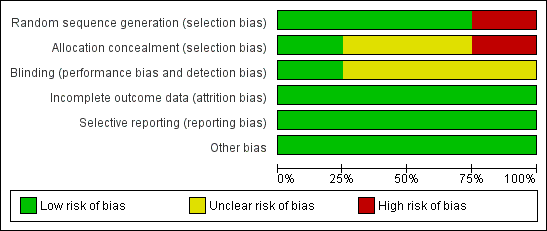Contenido relacionado
Revisiones y protocolos relacionados
Matteo Bruschettini, Olga Romantsik, Simona Zappettini, Rita Banzi, Luca Antonio Ramenghi, Maria Grazia Calevo | 21 marzo 2016
Andrew Whitelaw, Luc P Brion, Colin R Kennedy, David Odd | 23 abril 2001
Matteo Bruschettini, Olga Romantsik, Simona Zappettini, Rita Banzi, Luca Antonio Ramenghi, Maria Grazia Calevo | 5 mayo 2016
Andrew Whitelaw, David Odd, Luc P Brion, C R Kennedy | 17 octubre 2007
Susan E Jacobs, Marie Berg, Rod Hunt, William O Tarnow‐Mordi, Terrie E Inder, Peter G Davis | 31 enero 2013
Olga Romantsik, Maria Grazia Calevo, Matteo Bruschettini | 7 julio 2020
Bonnie Stevens, Janet Yamada, Arne Ohlsson, Sarah Haliburton, Allyson Shorkey | 15 julio 2016
Jann P Foster, Christine Taylor, Kaye Spence | 4 febrero 2017
Olga Romantsik, Elisa Smit, David E Odd, Matteo Bruschettini | 16 marzo 2023
Vibhuti S Shah, Arne Ohlssona | 5 octubre 2011











